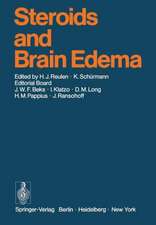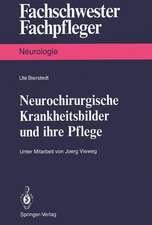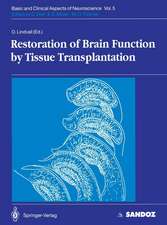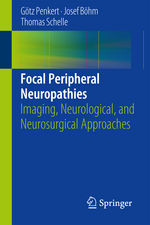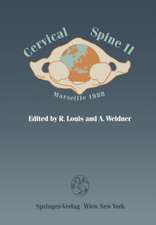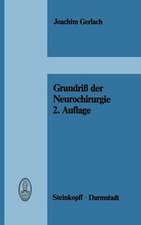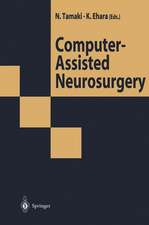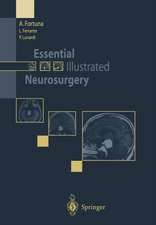Minimally Invasive Surgery for Pituitary Adenoma
Autor Wongsirisuwan Metheeen Limba Engleză Paperback – sep 2015
Preț: 1044.06 lei
Preț vechi: 1099.00 lei
-5% Nou
Puncte Express: 1566
Preț estimativ în valută:
199.80€ • 216.96$ • 167.84£
199.80€ • 216.96$ • 167.84£
Carte disponibilă
Livrare economică 02-16 aprilie
Preluare comenzi: 021 569.72.76
Specificații
ISBN-13: 9781634827669
ISBN-10: 163482766X
Pagini: 82
Dimensiuni: 155 x 230 mm
Greutate: 0.3 kg
Editura: Nova Science Publishers Inc
Colecția Nova Science Publishers Inc
ISBN-10: 163482766X
Pagini: 82
Dimensiuni: 155 x 230 mm
Greutate: 0.3 kg
Editura: Nova Science Publishers Inc
Colecția Nova Science Publishers Inc
Cuprins
Preface; General Background -- Historical Aspects for Pituitary Adenoma Surgery; Endoscopic Endonasal Transsphenoidal Approach (EETA); Keyhole Supraorbital Approach (KSA); Which is Better One in Minimally Invasive Neurosurgery for Pituitary Adenoma: EETA or KSA?; Radiation Therapy & Pituitary Adenomas; Role of Radiosurgery in Pituitary Adenoma; Future Trend of Minimally Invasive Pituitary Surgery (MIPS); Future Robotic Endoscopic Surgery; References; Index.








